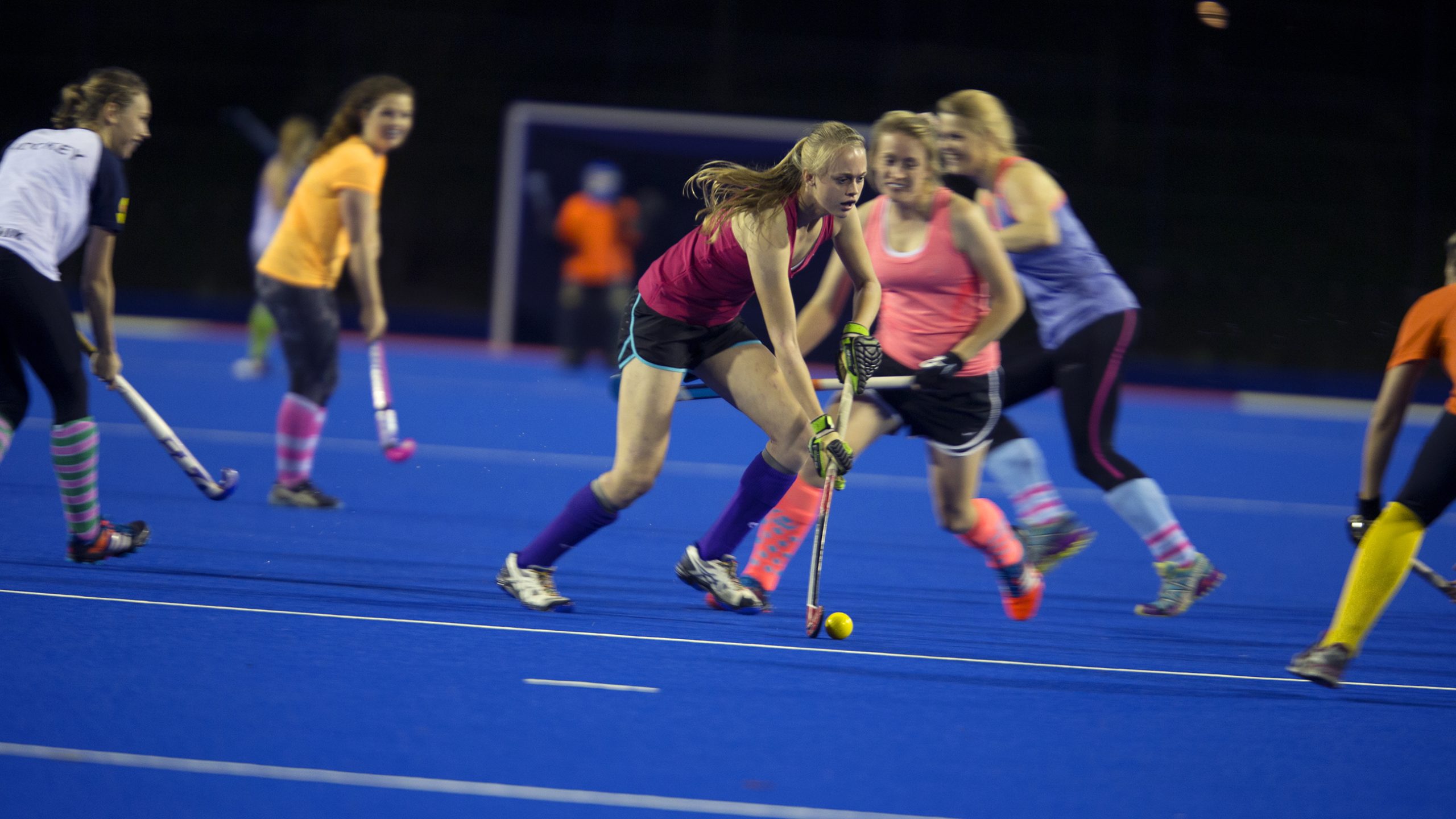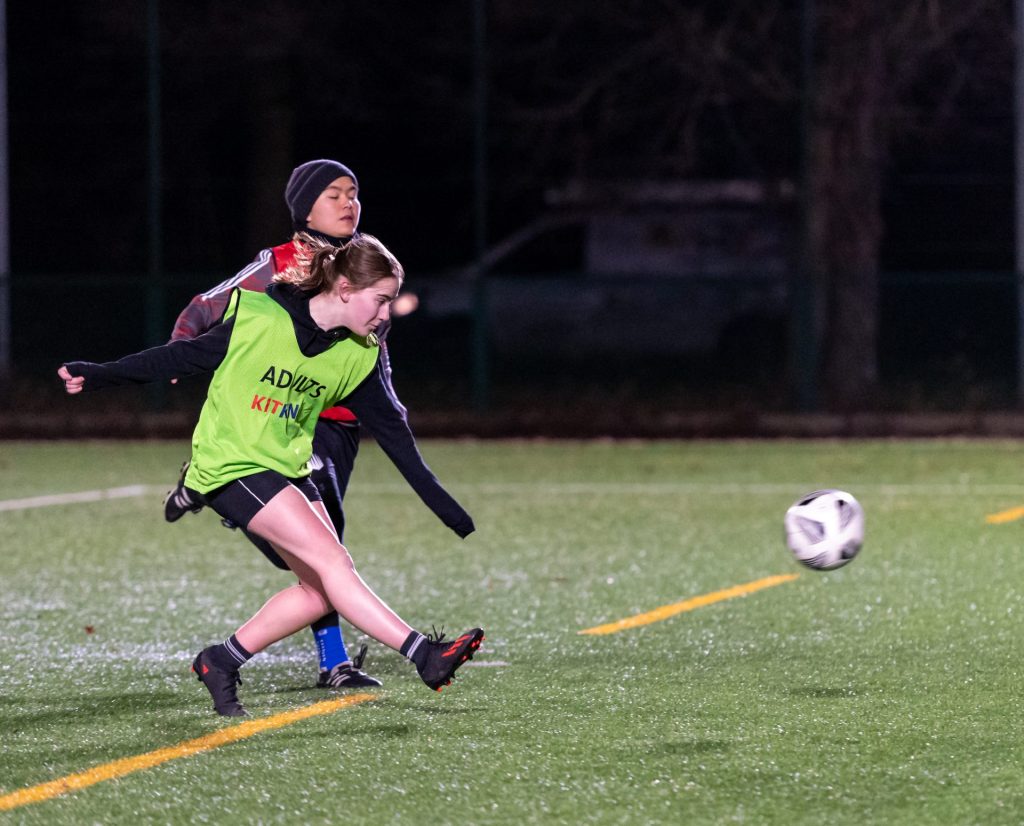
A blog from CEO Steph Hilborne:
People are saying this pandemic may be a reference point for decades to come, in the same way the war was for many people. My parents certainly divided life into “before the war” and “after the war”. This was hardly surprising, as when I was born the end of the war was only as distant to my parents as Princess Diana’s death is to us now. For their parents who lived through both wars there were two great markers. Again, there are people at the front line bravely putting their lives at risk and personal tragedies unfolding every day. And yet most of us are living in a very small world focused on keeping our loved ones safe and ourselves sane. It is such an unprecedented time we will remember it and it will be a marker, but a marker of what?
On the positive side, the end of the second world war marked the beginning of an extraordinary decade of change which saw the birth of the NHS, the first legislation to protect nature and much more. There was a shift from individualism to the public good – from self to society. There is real hope this might happen again. When I heard our village erupt in applause for the NHS I felt hopeful that no future Government would be able to starve the NHS of its funding.
But more worryingly, whilst during both world wars women were released from their homes to take on much more prominent and vital public lives, in the aftermath women were mainly pushed back into the kitchen. At Women in Sport we’ve been reflecting on how the nation’s priorities might change after this lockdown and its associated economic crash. What might be the longer term impact on women’s sport?
What happened with women’s football after WW1 does not bode well. Whilst so many men endured hell in the trenches, as many women went to work in new roles. The women in the munitions factories were working in difficult conditions and to attend to their welfare and morale women supervisors were appointed. These supervisors encouraged the playing of football and this brought great relief and joy during breaks. Momentum grew, teams formed, and brilliant women footballers emerged. In 1920, a Boxing Day match between Dick, Kerr Ladies F.C. from Preston and St Helen’s Ladies was watched by 53,000 spectators at Goodison Park, with another 14,000 locked outside the ground trying to get in.
But as the post war years rolled on, for a nation devastated by the loss of so many the only priority was to restore some normality. Gradually the women who had been galvanised and liberated during wartime, found themselves being moved back into domestic life, returned to their “right and proper place” in society. Football was no longer viewed as a health benefit with physician, Dr Mary Scharlieb of Harley Street saying it was the “most unsuitable game, too much for a woman’s physical frame“. In 1921 the FA decided that “the game of football is quite unsuitable for females and ought not to be encouraged”*, and effectively banned women’s football, the ban lasted fifty years, devastating the women’s game. Even after the ban was lifted the damage persisted. Right up until the 1970s girls were being given detentions at some schools if they were caught playing football with the boys.
Fundamental to the post WW1 ban was society’s view of normality. So, in considering what 2020 might bring for women’s football and other women’s sports we need to understand how deeply embedded women’s sport had really become before the crisis.
In March 2020, was women’s sport properly part of our culture? After all it had taken 99 years for the 1920 European record for a women’s football audience to be beaten. It stood until March 2019 when a crowd of 60,739 watched Barcelona beat Atletico Madrid. Record TV audiences watched the 2019 Fifa Women’s World Cup and the Red Roses drew a record crowd to a Women’s Six Nations game against Ireland a month ago. But few could argue that women’s sport was on a par with men’s before this crisis. Just a year before in 2018, our Where Are All the Women report found that women’s sport was accounting for as little as 4% of sports media coverage in the UK. Since then, fantastic platforms like Telegraph Women’s Sport and Give Me Sport Women have been launched and provided a much needed and rightly deserved boost to women’s sport coverage.
Women’s sport is not yet deeply embedded in our culture, so there is a real risk that it may be badly hit by this crisis
Stephanie Hilborne OBE, Women in Sport CEO
I think it is fair to conclude that women’s sport is not yet deeply embedded in our culture, so there is a real risk that it may be badly hit by this crisis. After all it is unlikely to be seen as a priority post-pandemic as people try to restore some normality in the midst of the global recession it will have caused. It is true that mid-crisis we can only guess at what will happen afterwards and we can over-estimate its impact, but we are already seeing worrying patterns emerge and a potential scenario were women’s sport returns to being undervalued, underfunded and invisible.
Professional or semi-professional women’s teams in traditionally male sports like football and rugby still aren’t generating anywhere near the same match day and broadcasting revenue as the men’s teams, so they are often funded from other areas of the business. As rugby and football clubs suffer heavy financial losses due to the lack of live sport being played and broadcast, they are being seriously weakened as businesses. When the lockdown ends the books will need to be balanced, and because of this structural starting point women’s sport and women’s teams risk being the first for the chopping board. To avert this would require strong leadership.
The Football Association is similarly preparing for the possibility of teams in the top-tier Women’s Super League and second-tier Championship completely folding. The FA has already admitted there will not be any financial support for women’s teams amid the COVID-19 crisis. Last week, Jonas Baer-Hoffman, General secretary of FIFPro, the global union for professional footballers, warned that the pandemic presents an “almost existential threat” to the women’s game.
Even sport that is traditionally for women there are risks. England Netball, whose elite team has experienced a hugely successful two years with a Commonwealth Gold and a home World Cup, has admitted to The Daily Telegraph that it will come under “considerable financial pressure” as teams in the Vitality Netball Superleague prepare to put staff on furlough.
Without top teams and top competitions, women’s sport won’t receive the media coverage it deserves. If there isn’t any women’s sport taking place how can it possibly generate income? After so much progress, women’s sport could find itself back at square one as finances and media coverage plummet.
The impact on male and female athletes of this crisis is not equal either. Like everyone else, top athletes are struggling to get outside and risk breaking the rules of lockdown just to keep a level of fitness that will allow them to restart their careers once this is over. Welsh international footballer Angharad James said she was stopped by the police for training in a local park, despite following daily exercise and social distancing guidelines. Would that have happened to Gareth Bale?
The answer is probably not. Not only would the police have recognised him but he wouldn’t need to be out in the park. Most of top male footballers are such high earners they will have home gyms, or they will have been couriered equipment by their clubs. Yet female athletes often don’t have access to the equipment they need to keep fit. Beth Mead, the Lionesses and Arsenal midfielder, even took to Twitter in an attempt to source an exercise bike.
Throughout the history of our organisation, we have been campaigning to get women’s sport the visibility, financial backing and platform it deserves. However, as in many other aspects of society, there is a lot of uncertainty about the future once we reach the end of this crisis.
As organisations plan for life after Covid-19, we urge that teams, clubs, sporting organisations and sporting bodies consider the long-term consequences of going back to a landscape without women’s sport.
Instead of deprioritising women’s sport and returning to an unsatisfactory “norm”, we want the crisis to accelerate the trend, the first shoots of which we saw in 2019. Some believe that a crisis doesn’t create new change but it can accelerate rates of change. We want the country to emerge with a renewed urgency to do what is right for everyone in this country and part of that should be to equalise access to sport for women and girls.
We will be contacting National Governing Bodies to encourage them to put their community programmes for women as well as their elite women’s game central to their crisis recovery plans. We know they are facing uniquely difficult times but we want them to fully understand the risk to women’s sport fuelled by this crisis as people try to normalise life and re-build businesses. We must remember as well that it is the visibility of women’s sport that helps to inform the expectations that girls have for their lives.
Let’s do the right thing as we go into this uncharted territory of a post-lockdown world.
If you or your organisation are concerned about the potential impact of this crisis on women’s sport, please get in touch with info@womeninsport.org.
*History of Women’s Football, BBC News article December 2014




